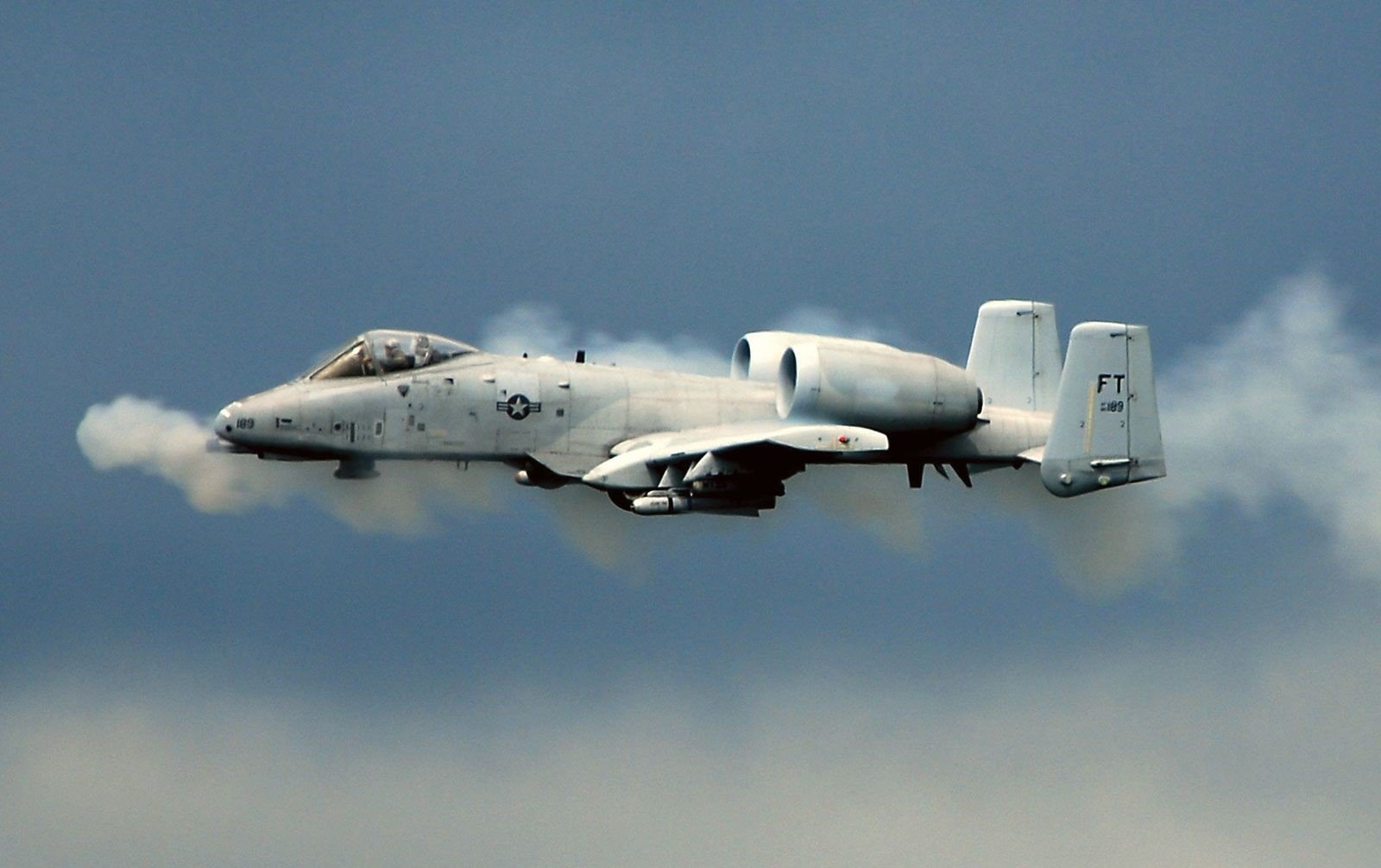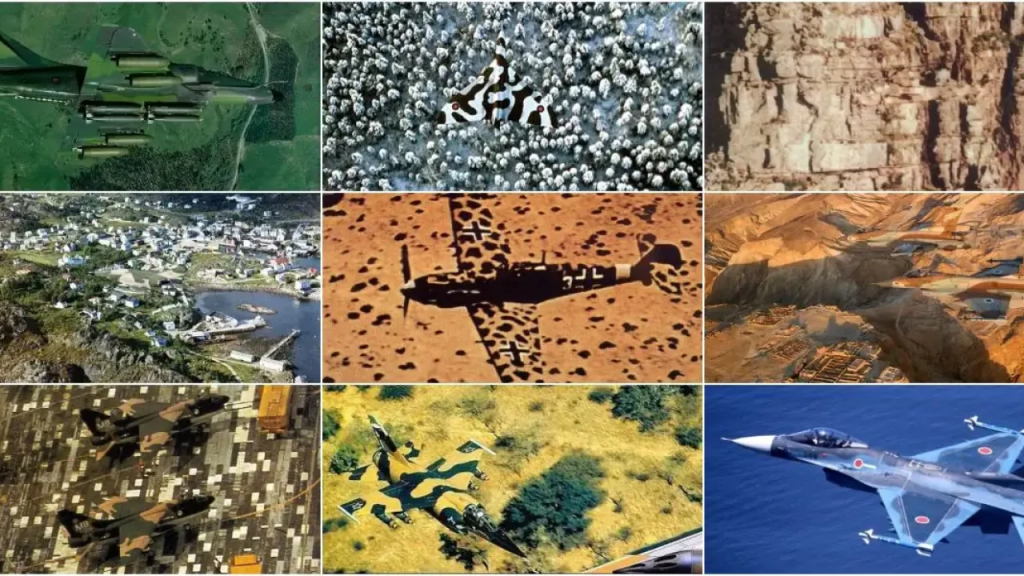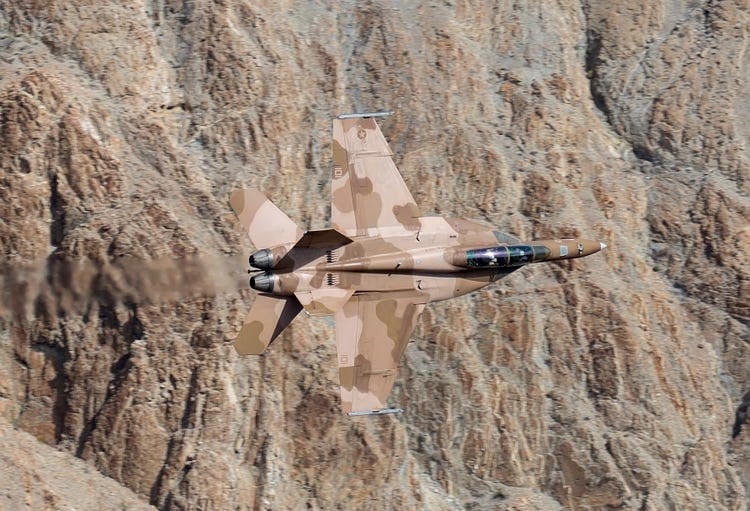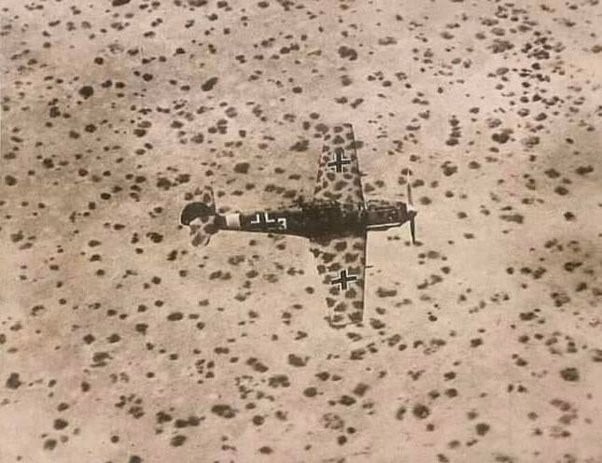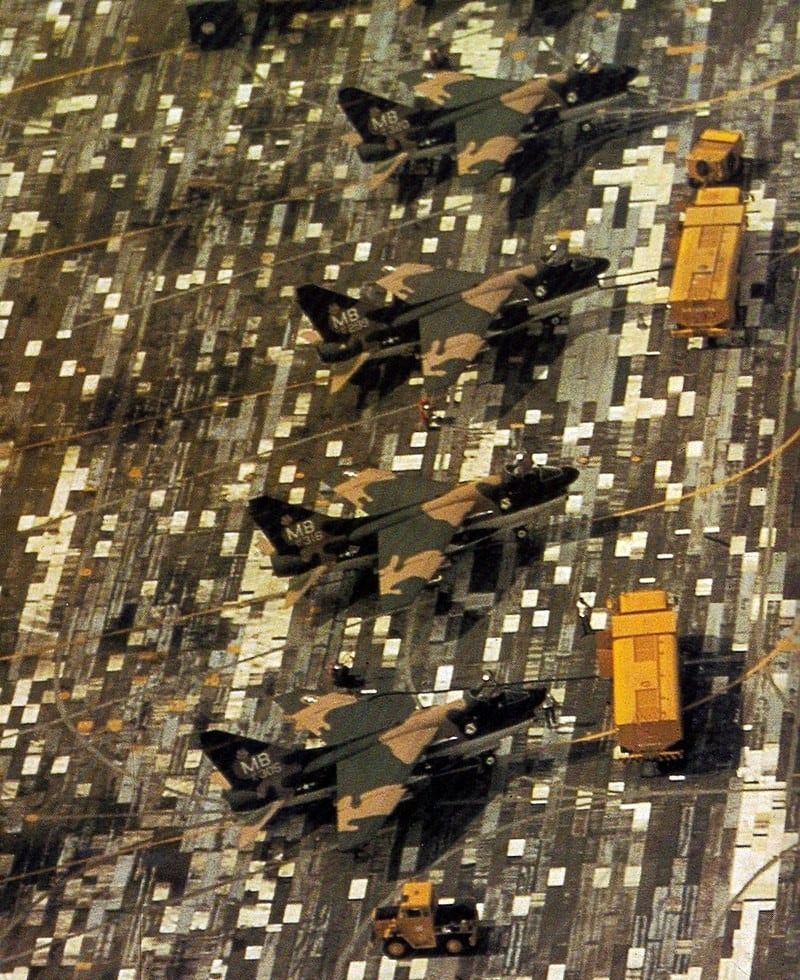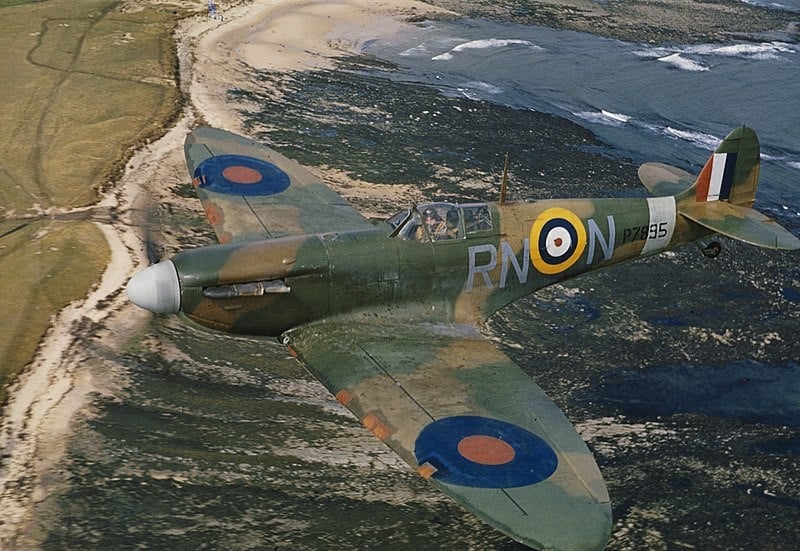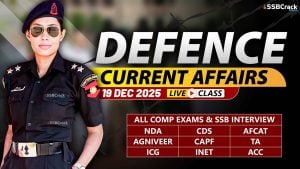The history of military aircraft design and painting has been a fascinating journey, with various philosophies and strategies emerging over the decades. From the bold and defiant approach of the legendary Red Baron in World War I to the cost-saving and morale-boosting measures of World War II, the rationale behind the paint schemes of warbirds has evolved significantly. In the modern era, the altitude at which an aircraft operates has become a key factor in determining the optimal camouflage approach.
This article delves into Why Some Military Planes Wear Camouflage, exploring the diverse motivations and tactical considerations behind these decisions.
The Red Baron’s Unconventional Approach
The most famous fighter pilot of World War I, Baron Manfred von Richthofen, better known as the “Red Baron,” took a decidedly unconventional approach to aircraft camouflage. Contrary to the prevailing wisdom of the time, the Red Baron opted for a bright red paint scheme on his Fokker Dr.I triplane. As he explained in his autobiography, “Der Rote Kampfflieger” (“The Red Fighter Pilot”), this bold choice was a calculated psychological ploy against his French and British adversaries.
“For whatever reasons, one fine day I came upon the idea of having my crate painted glaring red. The result was that absolutely everyone could not help but notice my red bird. In fact, my opponents also seemed to be not entirely unaware [of it],” the Red Baron wrote.
This audacious move, which earned him the iconic nickname, was intended to instill a sense of fear and intimidation in his enemies. The Red Baron’s comrades and subordinates in Jagdgeschwader I (JG I; “Fighter Wing 1”) soon followed suit, painting their aircraft in a vibrant array of colors, earning them the moniker “von Richthofen’s Flying Circus.”
The Future of Air-to-Air Refueling
The Pragmatic Approach of World War II
In contrast to the Red Baron’s psychological warfare tactics, the United States and the United Kingdom during World War II opted for a more pragmatic approach to aircraft camouflage. Recognizing the cost implications of painting warbirds, these nations often chose to forgo elaborate camouflage schemes in favor of a single solid color.
As noted by the US Air Force’s Air Force Materiel Command (AFMC), “Painting an aircraft adds both material and labor costs, as well as schedule, to aircraft production – a non-trivial consideration during the rapid mass production executed during World War II.” Additionally, the weight added by a coat of paint was a significant concern, especially for aircraft like the Boeing B-17 Flying Fortress, where it could add up to 300 pounds to the plane’s total empty weight.
However, the lack of camouflage paint did not mean a complete absence of visual distinction. During the D-Day invasion, many Allied aircraft were adorned with “invasion stripes” to avoid being mistaken for enemy aircraft and falling victim to friendly fire.
The Psychological Benefits of Unpainted Warbirds
While the cost-cutting measures were a driving factor behind the decision to forgo camouflage paint during World War II, there were also intangible psychological benefits to this approach. As the Veteran’s Breakfast Club noted, “Anecdotal reports suggested air crews eventually experienced a morale boost from the shiny planes. The glimmering fuselages became a mark of Allied air superiority.”
The gleaming, unpainted aircraft conveyed a sense of confidence and dominance, as if the Allies were saying, “Here we are. Come and get us.” This psychological edge may have played a role in bolstering the morale and fighting spirit of the aircrew, who took pride in their shiny, high-tech warbirds.
Camouflage for Specialized Missions
Despite the general trend towards simpler paint schemes during World War II, certain aircraft were still outfitted with specialized camouflage to suit their specific operational requirements. For example:
- Combat or Combat Support Aircraft: These were frequently painted in Olive Drab, sometimes with additional Medium Green “splotches” or “blotches” around the upper surface leading and trailing edges to better conceal the planes when parked.
- High-Altitude Photographic Reconnaissance Aircraft: Some of these aircraft received the so-called “Haze Paint” scheme, though this paint scheme had its own set of challenges.
- Night Fighters or Night Bombers: It was found that a glossy black finish or a standard Olive Drab was more effective at making these aircraft invisible in the night sky than a flat black finish.
- Anti-Submarine Warfare (ASW) Patrol Planes: These needed to be hidden from surfaced submarines, so the optimal scheme turned out to be Insignia White on the undersurfaces, leading edges, and sides, with Olive Drab or Neutral Gray on the top surfaces.
Better Living for Air Force Troops
The Altitude Factor in Modern Camouflage
In the present day, the altitude at which an aircraft operates has become a crucial determinant in the choice of camouflage. As explained by the Aviation Stack Exchange forum, “Some aircraft are painted to blend in to the ground. Some of these are those designed for low-level attack roles (like the Tornado pictured above), to limit the chance of visual detection by enemy fighters from above since their radar signature is unlikely to be detected so low to the ground.”
On the other hand, higher-altitude warbirds tend to favor a predominance of gray color schemes. As noted by Dr. Omar Memon in a Simple Flying article, “Grey color can be camouflaged with low clouds and dust particles above the ground. High-altitude fliers take great advantage of the gray livery. The toned-down open gray is also less detectable on the ground in the event of a hit from the enemy.”
Camouflage for Specific Environments
The choice of camouflage is not limited to just altitude; it also takes into account the specific environment in which the aircraft will operate. For instance:
- Arctic Environments: Military helicopters, such as the Sea King, can be painted in snow camouflage to blend in with the icy surroundings.
- Desert Environments: Some aircraft, like the Su-25 and Super Tucano, have been painted in tan colors to camouflage them in desert terrain.
- Forested Environments: Many military helicopters are painted in patterned or dark green colors to blend into forest canopies.
The Role of Nose Art
While the primary purpose of military aircraft camouflage is to enhance stealth and reduce visibility, the tradition of nose art has also played a significant role in the history of warbirds. These unique and often whimsical designs, painted on the front of the aircraft, have served as a source of morale, unit cohesion, and personal expression for aircrew members.
Top 5 Biggest Airshows Worldwide
The Enduring Appeal of Camouflage
The evolution of military aircraft camouflage is a testament to the ongoing quest for tactical advantage and the interplay between practical considerations and psychological factors. From the Red Baron’s bold defiance to the cost-saving measures of World War II and the altitude-based strategies of the modern era, the choices surrounding aircraft paint schemes have been shaped by a complex web of operational, financial, and emotional imperatives.
As military technology continues to advance, the debate over the merits of camouflage versus more visible paint schemes is likely to persist. Ultimately, the decision-makers responsible for these choices must carefully weigh the various factors at play, balancing the need for stealth, the impact on crew morale, and the overall strategic objectives of the armed forces.
FAQs
1. Why aren’t fighter jets camouflaged?
There are trade-offs between camouflage and aircraft recognition markings, as well as between camouflage and weight. Therefore, visible light camouflage has been omitted when air superiority was secure or when there was little expectation of significant aerial opposition.
2. Why are almost all planes white?
“According to Dan Bubb, a former pilot and now a professor at the University of Nevada, Las Vegas, ‘Most airplanes are painted white because this color reflects sunlight, helping to keep the planes cooler and reduce heat damage.’
3. Why doesn’t an aeroplane have reverse gear?
Airplanes don’t have a reverse gear because they only need to move backward when pushing back from their gate. Unlike cars, airplane wheels aren’t powered; the only power comes from the engine or propellers.
4. Why are IAF planes grey?
Fighter jets are painted grey to blend in with their surroundings during both day and night. Other colors you might see, particularly on American jets, are typically used for target aircraft. Most pilots focus on ground targets, so the grey color helps them remain less noticeable, similar to how a ray fish blends into its environment.
